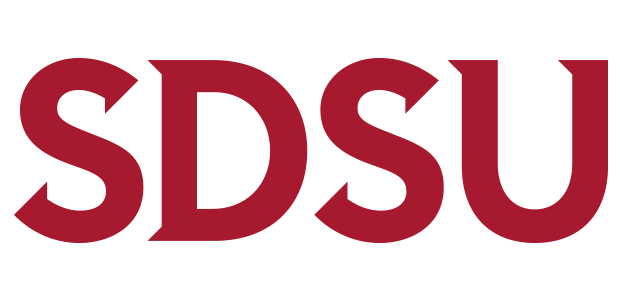Ecohydrologic Recovery and Runoff Prediction After Fire in Southern California
TITLE:
Ecohydrologic Recovery and Runoff Prediction After Fire in Southern California
DATE:
Friday, October 23, 2020
TIME:
3:30 PM
LOCATION:
Virtual Zoom Conference
SPEAKER:
Dr. Alicia M. Kinoshita, Civil Engineering, San Diego State University
ABSTRACT:
Following wildfires, the probability of flooding and debris flows increase, posing risks to human lives, downstream communities, infrastructure, and ecosystems. In southern California (USA), the Rowe, Countryman, and Storey (RCS) 1949 methodology is an empirical method that is used to rapidly estimate post-fire peak streamflows. The accuracy of RCS for 33 watersheds under current conditions is re-evaluated. Pre-fire peak streamflows yielded a bias of 0.162 cms/km2 and -0.792 cms/km2 for the 2- and 10-year recurrence interval events, respectively. Post-fire, RCS underpredicted peak streamflows for 2-, 5-, and 10-year events for most watersheds. It was demonstrated that RCS overgeneralizes watershed processes and does not adequately represent the spatial and temporal variability in systems affected by wildfire and extreme weather events. Machine learning was used to identify critical watershed characteristics to develop a multi-variable model. Numerous parameters including local physiography, land cover, geology, slope, aspect, rainfall intensity, and soil burn severity were incorporated into a random forest algorithm. Important parameters were identified, which guided an analytical solution for calculating post-fire peak streamflows in small catchments in southern California during the first year after fire (R2= 0.82). A case study of the 2018 Holy Fire will highlight the influence of climate and watershed characteristics on post-fire processes. Specifically, Landsat 8 enhanced vegetation index (EVI) and ECOsystem Spaceborne Thermal Radiometer Experiment on Space Station (ECOSTRESS) evapotranspiration (ET) and evaporative stress index (ESI) were used to represent vegetation conditions pre- and post-fire and analyzed for the entire burned area. Results demonstrate a suite of satellite-based vegetation indices that can be used by planners to improve the assessment of hydrologic recovery and predict runoff potential following wildfire.
HOST:
Jose Castillo
VIDEO:

